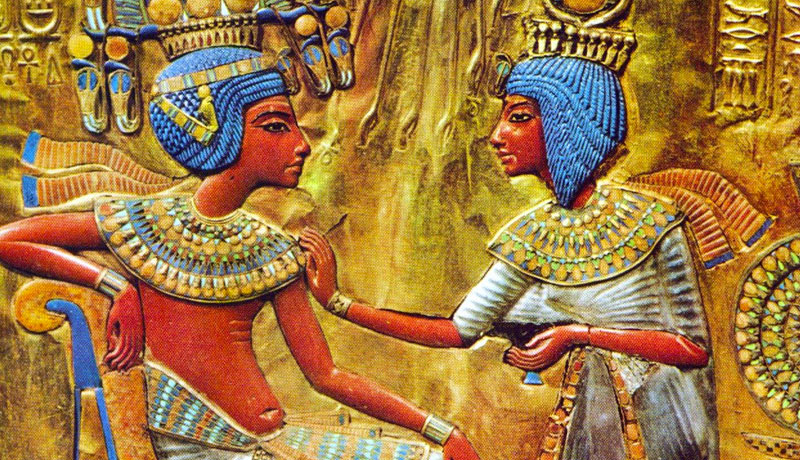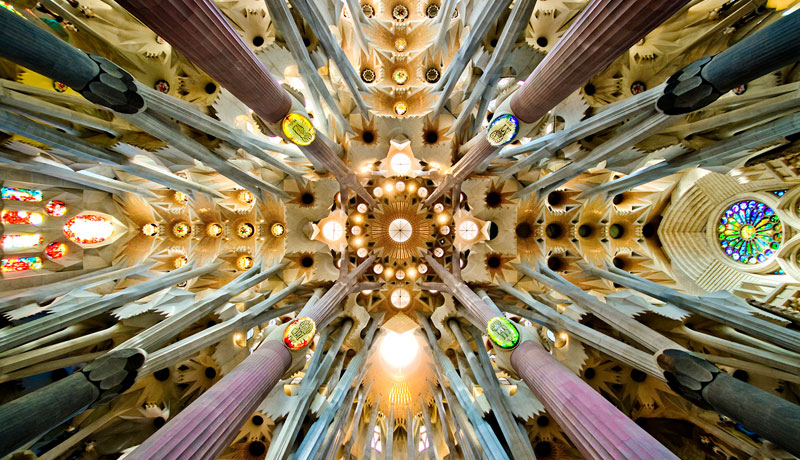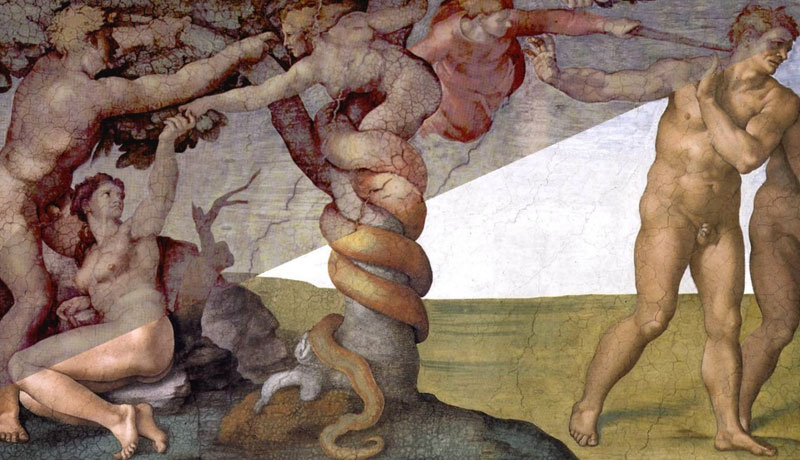Program Notes PDF
Songs of the Spanish Civil War
Friday, February 8, 2002 8:00 pm – 10:15 pm
Established in 1833, the Province of Barcelona was a center of Catalan regionalism, anarchy, and industrial unrest throughout the 19th century, and became a Loyalist stronghold during the Spanish Civil War. Humanities West’s exploration of this fascinating region and period begins with a lecture on the political, intellectual and cultural context of the Spanish Civil War by historian Sandie Holguin. A performance of Pasiones, a critically acclaimed cabaret that spotlights the songs written and sung throughout the period, follows. Here versatile artists Michael Smith and Jamie O’Reilly combine popular and folk song with historical text and poetry by, among others, Hemingway, Garcia Lorca, Brecht and Orwell. Their presentation of this unique collection, sung in six languages, has been called “sublime,” and “sweeping and passionate,” by the Chicago Tribune.
Saturday, February 9, 2002 10:00 am – 4:00 pm
Art and Architecture of Barcelona
As “head and hearth” of Catalonia, Barcelona has long embodied the tensions of that rich and historic land between the Mediterranean and the mountains. Gary McDonogh (Director of the Growth and Structure of Cities Program, Bryn Mawr College) will look at Barcelona’s identity and power at the turn of the century and its transformation as a global and local metropolis. Lectures by Judith Rohrer (Emory University) and Marta Altisent (UC Davis) will explore the architecture of Antoni Gaudí and the literature and painting of Catalonia’s burgeoning modernist movement, often referred to by the artists’ meeting place, the brew-pub Els Quatre Gats. Attendees will also enjoy a performance of traditional Catalonian folk dance by Casals de Catalans’ Grup Dansaire Catalunya and a panel discussion on the important role Catalonia played in the development of the modern Spanish State.
Program held at Herbst Theatre, located at 401 Van Ness Avenue (at McAllister), San Francisco.
Friday and Saturday Tickets: $50-55. Friday or Saturday only Tickets: $25-30.
Friday, February 8
SONGS OF THE SPANISH CIVIL WAR
Lecture Barcelona Between Revolution and Repression
The revolutionary atmosphere in Barcelona from the mid-19th century to the Spanish Civil War (1936-1939) provided a crucible for great artists and architects, but it also became the breeding ground for violence among Catalan industrial magnates, anarchists and the central government of Madrid. Historian SANDIE HOLGUIN (University of Oklahoma) will discuss the social, political, and cultural conditions in Barcelona that culminated in the Spanish Civil War.
Performance Songs
The Spanish Civil War had its own rich musical legacy: songs reflecting the violent passions, deep ideological commitments, and folk traditions of the numerous factions in the struggle. PASIONES is a critically acclaimed cabaret that spotlights the songs of the Spanish Civil War. Versatile artists Michael Smith and Jamie O’Reilly combine popular and folk song with historical text and poetry by, among others, Hemingway, Garcia Lorca, Brecht and Orwell.
Saturday, February 9
HOMAGE TO CATALONIA
Lecture Cap, Casal and Crossroads: Barcelona and Catalonia in Contex
As “head and hearth” of Catalonia, Barcelona has long embodied the tensions of that rich and historic land between the Mediterranean and the Pyrenees. As a vital capital, port, and cultural center from medieval glory through 19th century industrialization to the present, it has born witness to continuing and sometimes violent conflicts between ideas and social groups. GARY MCDONOGH (Director of the Growth and Structure of Cities Program, Bryn Mawr College) will look at Barcelona’s identity at the turn of the century and its transformation to a global and local metropolis.
Lecture Els Quatre Gats: Barcelona in Paint
At the turn of the century, a Barcelona tavern, Els Quatre Gats, became the meeting place for a Bohemian circle of young avant-garde artists, including Picasso, Dali and Ramon Casas. ROBERT LUBAR (Institute of Fine Arts, New York University) will explore modernism in Barcelona and the city’s unique openness towards, and effect on, cultures and movements passing through the region.
Performance Grup Dansaire Catalunya
Twentieth Century Catalan folk dance has its origins in the tradition of “esbartades”, or outdoor celebrations that began as poetry readings in the 1850s and later incorporated the research and diffusion of traditional Catalan dances. GRUP DANSAIRE CATALUNYA performs a sampling of these dances, highlighting the music, movement and costume of their homeland.
2:00 pm Lecture The Catalan Spirit: Gaudí and His Contemporaries
The splendor of Barcelona’s turn of the century renaissance was most visible in the brilliance of its buildings and monuments, particularly in the architecture of Antoni Gaudí. JUDITH ROHRER (Emory University) will discuss the intersection between art and politics in Gaudí’s Barcelona. She will also review the history of the Temple of the Sagrada Familia, a structure unfinished at the time of Gaudí’s death.
Renaixenca Catalan: Barcelona in Literature
The Catalan renaissance, sometimes referred to as the Silver Age, holds its roots in the literary movement of Barcelona in the late 19th century. Distressed by a long period of decline in Spanish political power, a large group of writers, including Federico Garcia Lorca, searched for its causes and attemped to seek out remedies for Spain’s regeneration. MARTA ALTISENT (UC Davis) will discuss urban images in three turn of the century literary works.
Panel Discussion Charles Faulhaber, moderator
A discussion among all lecturers with questions from the audience.
Presenters
Marta Altisent, Spanish Literature, UC Davis
Charles Faulhaber, Bancroft Library Director, UC Berkeley
Sandie Holguin, History, U of Oklahoma
Robert Lubar, Fine Arts, New York University
Gary McDonogh, Growth and Structure of Cities, Bryn Mawr
Judith Rohrer, Modern Architecture, Emory U
Grupe Dansaire Catalunya,
Jamie O’Reilly, opera, Pasiones
Michael Smith, vocals, Pasiones


